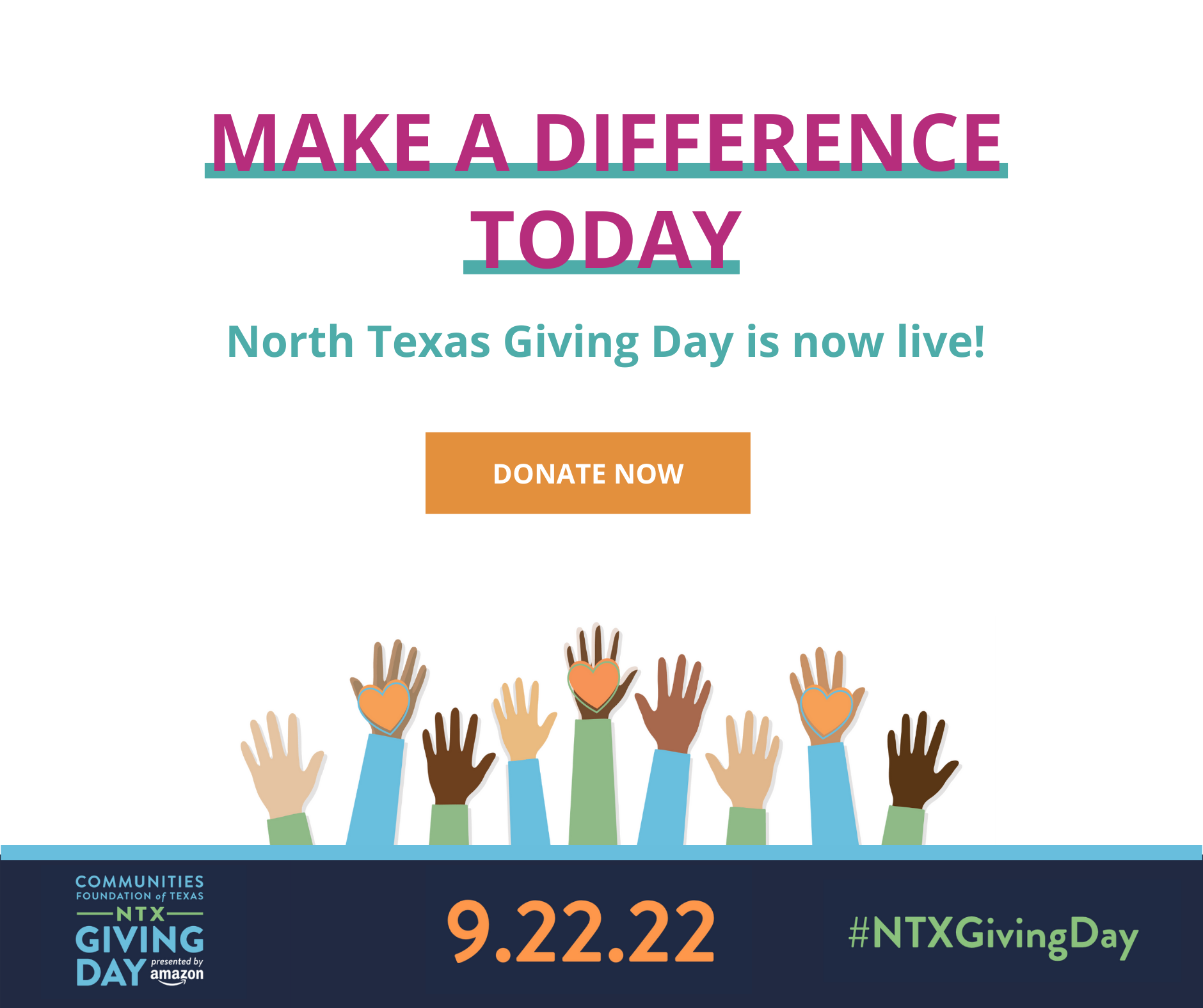We pulled together this month’s top 10 most noteworthy child welfare research articles for you. Read them all here and take action today!
- Toward a Better Approach to Preventing, Identifying, and Addressing Child Maltreatment (American Academy of Political and Social Science)
This issue of The Annals of the American Academy of Political and Social Science focuses specifically on approaches to preventing, identifying, and addressing child maltreatment. Articles in the feature cover a number of topics within the field, including child welfare system financing, the ways in which families experience and interact with Child Protective Services, and racial disproportionality and disparities in child welfare.

TexProtects Takeaway: The future of child maltreatment prevention should seek to expand capacity for implementing evidence-based prevention programs while addressing the adverse community experiences that exacerbate child maltreatment risk. This will take education, research, policy, and personal action to ensure that every child has a safe and healthy start. Visit TexProtects Advocacy Gateway to let our policymakers know that we need to put children and families first this legislative session to prevent child abuse and neglect.
2. Pathways to Prevention: Early Head Start Outcomes in the First Three Years Lead to Long-Term Reductions in Child Maltreatment (Green, B. et al.)
“Using longitudinal, experimental data from the Early Head Start (EHS) Research and Evaluation Project (EHSREP) linked to child welfare agency records for 2,794 children, we examined the effectiveness of EHS birth-to-three services in preventing child maltreatment during children’s first 15 years of life.” Results showed that by a “children’s second birthday, families randomly assigned to participate in EHS had lower family conflict and parenting distress, and more positive parent-child interactions; these impacts, in turn, led to later reductions in the likelihood of children being involved with the child welfare system through age fifteen.… Findings suggest that early two-generational programs, like EHS, that are able to successfully decrease family conflict and stress and support positive, emotionally responsive parenting and child development, may reduce the likelihood of abuse and neglect later in life.”

TexProtects Takeaway: Texas must invest this legislative session in doing more of what works and less of what doesn’t. Early childhood and family support programs have short-term impacts and reduce the need for costly interventions later – in this case, reducing child maltreatment through age 15. Join TexProtects in letting policymakers know that prevention takes all of us.
3. Child Well-Being Spotlight: Children Living in Kinship Care and Nonrelative Foster Care Are Unlikely to Receive Needed Early Intervention or Special Education Services (Office of Planning, Research, & Evaluation – OPRE, RTI International)
This brief highlights findings from the National Survey of Child and Adolescent Well-Being (NSCAW) about children with developmental delays or disabilities and their placement within the child welfare system. NSCAW is a “nationally representative sample of children reported to child protective services. The survey collects data on a representative sample of the child protective services population by administering questionnaires and direct child assessments through face-to-face interactions with caseworkers, children, and caregivers.”

TexProtects Takeaway: Early intervention for children with developmental delays or disabilities may prevent future need for special education services. Texas is already addressing a finding of noncompliance related to federal special education and early childhood intervention guidelines and this report reveals that children in kinship care and foster care are even more unlikely to receive these critical services.
4. Supporting the First 1,000 Days of A Child’s Life: An Anti-Racist Blueprint for Early Childhood Well-Being and Child Welfare Prevention (Center for the Study of Social Policy)
“To support the health and well-being of children and families of color, we must implement comprehensive strategies that address systemic and institutional racism. This report offers a blueprint for creating equity-centered, anti-racist policies that support the health and well-being of children and families of color.”

TexProtects Takeaway: TexProtects is a steering committee member of the Prenatal to Three Collaborative, which is focused on improving outcomes for children in the early years. To do so requires public agencies to leverage existing resources to create a continuum of supports, meeting families where they are and directly addressing policies that have resulted in disproportionate access to prevention and support for Black and brown families and their increased chances of involvement with child welfare systems.
5. Freeing Children for Adoption Within the Adoption and Safe Families Act Timeline (Office of the Assistant Secretary for Planning and Evaluation)
“Permanency, that is ensuring children have long-term, enduring connections to family or other caring adults, is one of the three primary goals of the child welfare system, along with safety and child well-being. This study explores how frequently states make exceptions to this timeline and highlights issues behind states’ difficulties in achieving timely permanency for children. Two reports describe the findings. The first report discusses quantitative findings based on analysis of federal administrative data, and finds considerable variation among states both in the frequency with which children entering foster care experience TPR, and in the likelihood that TPR is conducted timely. The second report analyzes findings from state monitoring visits and data from key informant interviews with officials and stakeholders in three states and describes themes regarding barriers to TPR and timely adoption.”

TexProtects Takeaway: Recent child welfare innovations, including the Family First Prevention Services Act (FFPSA) that focuses on preventing foster care placements, are important. Yet, for the population of children in out-of-home care, we must do more to increase the likelihood of timely permanency by increasing consistency in practice, strengthening access to services, and decreasing caseworker turnover and caseloads.
6. Treatment For Opioid Use Disorder May Reduce Substantiated Cases of Child Abuse and Neglect (Office of the Assistant Secretary for Planning and Evaluation)
“Buprenorphine treatment has been found to be an effective treatment for opioid use disorder (OUD). Child welfare systems have been partnering with treatment providers to increase access, yet little is known about its role in improving outcomes related to child maltreatment. This paper finds, for the first time, that increased availability of buprenorphine treatment predicts reductions in certain types of child maltreatment caseloads in 25 states.”

TexProtects Takeaway: 66% of removals in Texas in 2019 were related to substance use. The Family First Prevention Services Act (FFPSA) provides a federal match for state investments that provide evidence-based substance use services to families at imminent risk of entering foster care. This could dramatically increase the number of families who can stay together safely. Read more about FFPSA here.
7. Child Maltreatment 2019 (Administration for Children and Families, Children’s Bureau)
“Child Maltreatment 2019 is the 30th edition of the annual Child Maltreatment report series. States provide the data for this report through the National Child Abuse and Neglect Data System (NCANDS). NCANDS was established in 1988 as a voluntary, national data collection and analysis program to make available state child abuse and neglect information. Data have been collected every year since 1991 and are collected from child welfare agencies in the 50 states, the Commonwealth of Puerto Rico, and the District of Columbia.” One key report finding is as follows: “The national rounded number of children who received a child protective services investigation response or alternative response decreased from 3,534,000 for federal fiscal year (FFY) 2018 to 3,476,000 for FFY 2019.”

TexProtects Takeaway: In Texas, the number of children who received a Child Protective Services (CPS) investigation or alternative response increased by 3.8% between 2015 and 2019. Overall, Texas’s rate is 8.7 per 100 children (lower than the national average of 8.9); however, the rates for children age three exceed the national averages. We must do more to support families with young children.
8. The Cost of Implementing a Home Visiting Program Designed to Prevent Repeat Pregnancies Among Adolescent Mothers (Family & Youth Services Bureau, OPRE, Mathematica)
“This brief provides information on the cost of implementing a home visiting program for adolescent mothers. The information comes from an evaluation of the Steps to Success home visiting program in San Angelo, Texas…. As part of the evaluation, trained staff from Healthy Families San Angelo (HFSA) provided Steps to Success to pregnant or recently postpartum mothers ages 14 to 20. HFSA developed Steps to Success by enhancing a traditional home visiting program offered by the organization. While HFSA’s traditional home visiting program focused on child development and parenting, the enhanced program included additional program components designed to (1) promote healthy birth spacing, (2) encourage father involvement, and (3) support mothers’ education and career aspirations. For both Steps to Success and HFSA’s traditional home visiting program, mothers receive program services for up to two years.”

TexProtects Takeaway: TexProtects is the Texas chapter of Prevent Child Abuse America, the home of Healthy Families America. Home visiting models are innovating and evaluating variations in their models to better meet the needs of diverse families. Read more about home visiting here.
9. Professional Development Supports for Home Visitors and Supervisors: Strengthening the Home Visiting Workforce (OPRE)
“This short report examines issues related to professional development for home visitors and home visiting supervisors. The findings presented are based on a national study of the home visiting workforce in Maternal, Infant, and Early Childhood Home Visiting (MIECHV) Program-funded agencies and interviews with experts in higher education and in the home visiting field. The report also shares information from a scan of online resources related to training and professional development for home visiting program staff.”

TexProtects Takeaway: Home visiting works and home visitors have been flexible and innovative front-line workers during the COVID-19 pandemic. Understanding how to recruit and retain a highly-skilled workforce for the impactful strategy is critical.
10. Glossary of Student Mental Wellness Concepts (Education Commission of the States)
“This Policy Outline defines several common terms related to child development, student mental health and wellness, and school-based health services. Understanding these terms, which are distinct but connect in various ways, is critical to the policymaking process.”

TexProtects Takeaway: Half of American children have experienced at least one Adverse Childhood Experience (ACEs). Do you know the difference between trauma, toxic stress, and ACEs? As a result of TexProtects’ work on House Bill 18 last legislative session, all educators in Texas will now receive training on these critical topics and how they impact student learning and health. Read more about ACEs and our recommendations for the current legislative session here.



